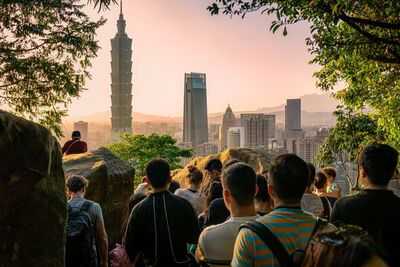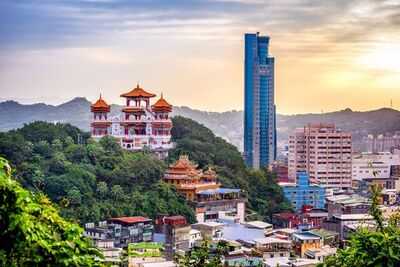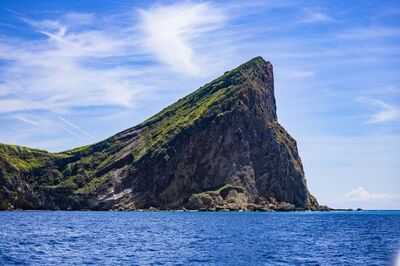
After a desperate attempt to rebuild its tourism industry in the wake of the COVID-19 pandemic, officials and local communities in this East Asian country are now facing a growing problem with overtourism. The island nation of Taiwan, once praised for its balance of nature, culture and urban experiences, is now seeing the mounting strain on many of its key visitor hotspots.
In the small mountain village of Jiufen - an hour's drive from Taipei - lantern-lined narrow alleys only built to manage local foot traffic have started to suffer under the weight of day-trippers. Meanwhile, forested areas like Alishan suffer from seasonal trail congestion, and litter and overcrowded sunrise trains have become frequent complaints. The surge in visitor numbers has also provoked tension with local residents, who say that infrastructure is overstretched and that the quality of life is being eroded by noise, traffic and commercialisation.

Tourism has been a vital part of Taiwan's economy for many decades. Before the pandemic, inbound visits reached 11.8 million in 2019, accounting for approximately 6% of GDP and supporting over 800,000 jobs. However, arrivals are rebounding far more quickly than expected, with demand returning faster than management systems can adapt. April 2025 alone saw more than 750,000 visitors, according to CommonWealth Magazine.
According to 2024 data, Taiwan has approximately 23.1 million residents. In that year, the island nation welcomed an incredible 7.85 million international arrivals. This produces a ratio of one tourist for every 2.95 residents, or roughly 0.34 tourists per resident per year. In the first half of 2025 alone, Taiwan has seen an influx of 4.2 million - putting it on track for another busy year.
Although it may not receive as many tourists as other Asian nations, such as Japan, South Korea, or Thailand, many hotspots in Taiwan are showing worrying signs of decline. For example, United Daily News reported that five zones on the coral island of Siaoliouciou, also known as Lambai Island off the southwest coast, have seen significant declines in marine life "due to the trampling of tourists".

Meanwhile, Pongso no Tao, also known as Orchid Island, has seen a big rise in visitor numbers, especially domestic tourists, which has created sanitation and environmental problems, including coral bleaching and mountains of plastic waste.
Some of Taiwan's most popular islands have already begun introducing measures to contain the crisis. On Guishan Island, or Turtle Island, visitor numbers have been capped at 250 people per day, with strict rules banning fishing, feeding animals and the removal of natural resources. Visitors must apply to visit the island in advance through an online system, and fees are charged for landing. The island is also generally closed to visitors from December to February to allow for ecological recovery.
In June, Taiwan's Tourism Administration promoted "eco-friendly travel packages" and highlighted sustainable tourism at the International Travel Expo (ITE) in Hong Kong, demonstrating the country's efforts to strike a balance between growth and environmental conservation.
Taiwan is not the only Asian country struggling with overtourism. In Japan, Kyoto's charm has made it a victim of its own success. Streets once known for their calm and tradition are now packed with visitors, especially in areas like Gion and Arashiyama. Locals complain about crowded buses, noise, and rising rents caused by short-term rentals. The city has tried crowd-control signs and etiquette campaigns and has now even introduced a record-high hotel tax.
You may also like

UK region housing 20% of supported asylum seekers revealed and it's not London - full list

Bridget Jones Diary author Helen Fielding names her favourite writer of all time

US appeals court blocks Trump request to send National Guard to Chicago amid immigration protests

John Bolton charged in classified information scandal in hammerblow for ex-Trump aide

Jonathan Ross' appearance distracts Celebrity Traitors fans minutes into show






